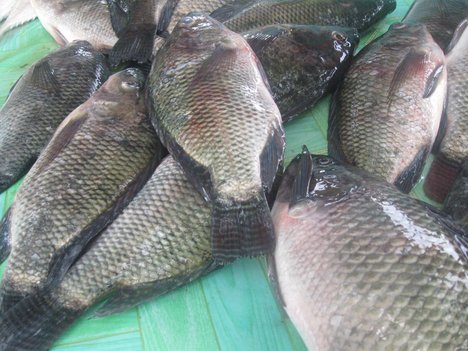Abasiofon Udo
Tilapia farming is highly lucrative in Nigeria’s aquaculture industry. With the growing demand for fish consumption and the nutritional benefits of tilapia, many fish farmers are finding success and profitability in raising this species.
Tilapia has low fat content and high Omega-3 fatty acids, making it highly nutritious and a healthy choice for consumers. It is also rich in essential nutrients such as vitamins, minerals, and protein, further increasing its market appeal.
Under optimal growth conditions, tilapia fingerlings can reach harvestable size within 8 months.
The following should be considered when starting a tilapia farm:
*Environmental Conditions:
Maintaining favourable environmental conditions is crucial for tilapia health and growth. Factors such as temperature, dissolved oxygen levels, pH, and water depth should be monitored and regulated within optimal ranges to promote maximum growth and productivity.
– Temperature: Should range between 80 and 100°F. 85°F is optimal
– Dissolved Oxygen: 5-7 ppm (parts per million)
– pH: 7-7.5
– Water Depth: Approximately 1.5 to 2 meters
*Pond Construction:
Selecting the right type of pond is essential for successful tilapia farming. Options include earthen, concrete, or tarpaulin ponds, each with its advantages and considerations. Proper disinfection should be done after the pond is constructed to ensure a conducive environment for fish growth.
*Feeding:
Feeding should be done twice a day (morning and evening). Catfish feed may be fed to tilapia when they are below 3 months; especially in situations where tilapia feed can not be easily accessed. However, as they grow, you should find a way to get their feed. Otherwise, you can give them supplements like vegetables, breadcrumbs, and wheat germ. Overfeeding should be avoided, and excess feed should be evacuated from the pond.
*Stocking Density:
Stocking of tilapia fingerlings is key to maximizing pond productivity. Calculating stocking densities based on pond size and capacity helps prevent overcrowding and ensures optimal growth rates. Required stocking for tilapia is about 1-2 fingerlings per square meter
*Hygiene and Disease Prevention:
Maintaining pond hygiene is essential to prevent disease outbreaks and ensure the well-being of the tilapia stock. Regular water quality testing, removal of excess feed, and proper waste management are essential to minimize health risks.
*Predator Control:
Protecting tilapia seedlings from predators such as birds is important to prevent stock losses. Installing protective measures such as nets helps prevent predators and safeguard the fish, ultimately ensuring the profitability of the farm.
In conclusion, many fish farmers in Nigeria generate their income from sales of mature tilapia and even fingerlings. Profitability varies depending on factors such as market demand, operational efficiency, and production scale. However, tilapia farming can yield huge returns when managed effectively.

